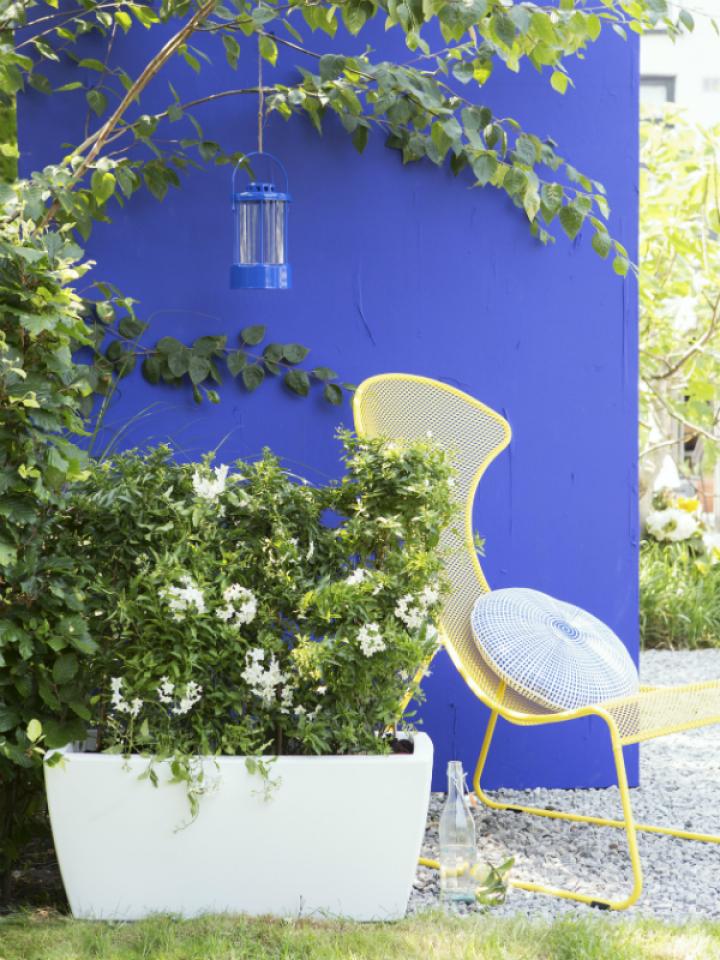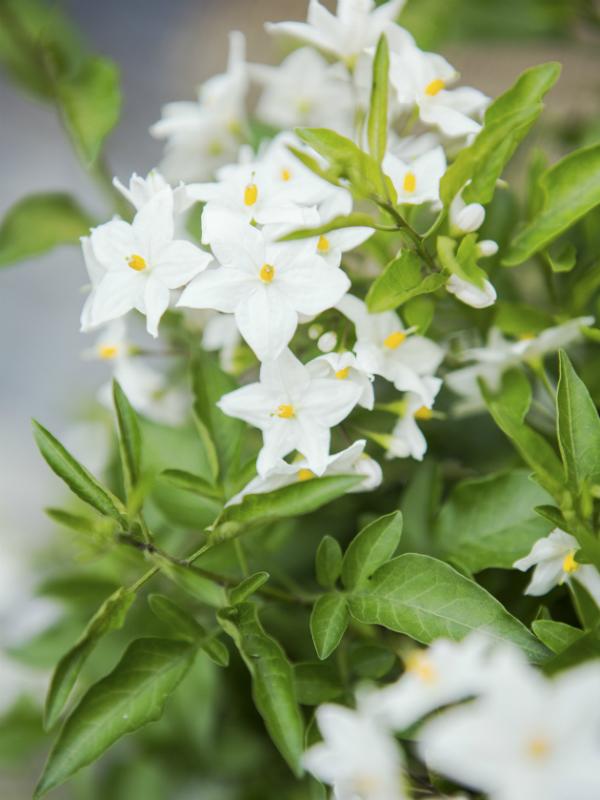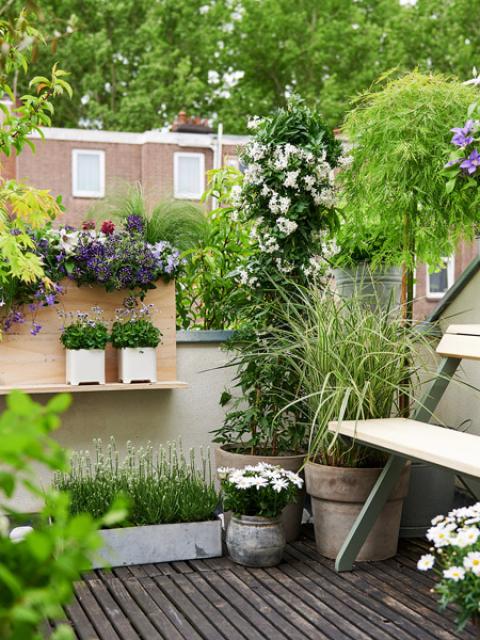The Potato Vine (Solanum jasminoides) is a delightful late bloomer. In the early summer months it’s a rapid green grower, that climbs greedily and wraps itself around anything it can get hold of. Just as the rest of the garden plants are past their peak, this eye-catcher produces fabulous white star-shaped flowers with yellow stamens so that your garden can enjoy a fantastic reboot. The plant climbs 4-6m and can cover a complete pergola with a bit of guidance. The white, jasmine-like flowers are transformed into attractive violet berries late in the year, and the foliage takes on a red tone.
Large mixed family
The potato vine is a member of the nightshade family. This is a large, very diverse family which includes both poisonous plants as well as food plants such as chilli peppers, aubergines, peppers, potatoes and tomatoes. Just remember: the potato vine’s berries are not edible.
Enthusiastic grower
The potato vine originates from southern Brazil and Paraguay. In southern European countries the thin, twisting branches often cover walls and low buildings, since the plant is hardy there. In our climate, the plant also grows quickly and flowers for a notably long time, usually until the frost arrives. As the growing season progresses, a mountain of leaves and flowers spread across the pergola or the trellis against which the plant grows enthusiastically. If you don’t have a lot of room, opt for a standard Potato Vine.
Potato Vine trivia
-
The word ‘night’ in ‘nightshade’ may refer to the fact that some flowers in this family only give off a strong scent in the evening.
-
In Brazil the plant symbolises wealth: ‘Anyone with a lavishly flowering potato vine will never go hungry.’
-
Although the name Solanum jasminoides suggests that it’s related to jasmine, they are actually members of completely different families (jasmine is part of the olive family). The flowers are remarkably similar - it’s one of nature’s little jokes. If you like the scent, you can enjoy it for three-quarters of the year with jasmine (early bloomer) and the Potato Vine (late bloomer).







